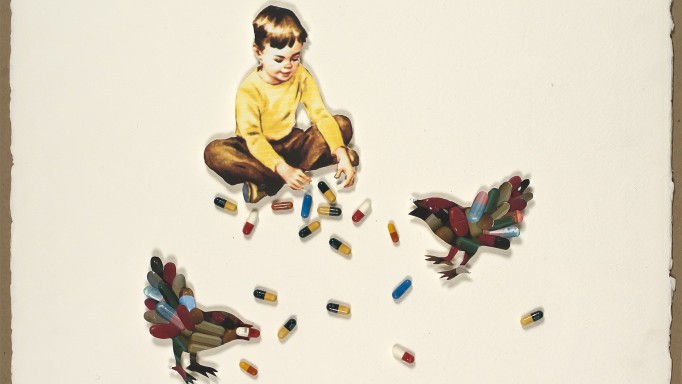“Safer sex” refers to lowering the risk of sexually transmitted infections (STIs). Methods may include:
- Avoiding exchange of bodily fluids
- Using prophylactics (such as condoms)
- Using HIV medications to prevent transmission of the virus
- Limiting number of sexual partners
- Curtailing alcohol and drug use (which can impair judgment).
In fact, safer sex often involves a combination of these approaches.
The only way to know for sure whether you are HIV positive or have another STI is to get tested. If you’ve contracted another STI, it’s a good idea to also be tested for HIV.
External condoms (also known as male condoms) made of either latex or polyurethane are effective barriers against HIV. They cover the penis and provide an effective barrier to exposure to secretions, such
as semen and vaginal fluid. These types of condoms also prevent other common STIs, such as chlamydia and gonorrhea.
Polyurethane condoms are an effective alternative to latex condoms, especially for people with an allergy to latex. Condoms made of natural materials—such as lambskin—are not a consistently effective barrier against many viruses. In one laboratory study, HIV was found to pass through microscopic holes in lambskin condoms.
Internal condoms (or female condoms) consist of a polyurethane pouch with flexible rings at each
end that is inserted into the vagina or anus. When used properly, they help to prevent pregnancy as well as HIV and other STIs.
The key to effective protection is consistent and correct use of condoms. Incorrect use of condoms can increase the risk of slippage or breakage, which diminishes their ability to protect against the virus. Inconsistent use—for example, failure to use condoms with every act of vaginal or anal intercourse—can lead to HIV transmission.
Only water-based and silicone-based lubricants should be used with latex condoms. Never use oil-based lubricants, including hand or body lotion, baby oil, vegetable oil or shortening, massage oil, mineral oil or petroleum jelly (e.g., Vaseline). Oil-based lubricants can damage latex and cause latex condoms to tear more easily.
Some pre-lubricated condoms and separately sold lubricants contain a chemical called nonoxynol-9. While nonoxynol-9 has been shown to kill sperm (and potentially reduce the risk of pregnancy) and various sexually transmitted infections, some men and women are allergic to this chemical. This can cause irritation inside the vagina and anus, which can increase the risk of HIV transmission if the condom breaks.
Antiretroviral (ARV) medications can prevent the transmission of HIV. Pre-exposure prophylaxis (PrEP) is an HIV prevention tool that involves regularly taking ARVs as daily pills or every-other-month injections to reduce the risk of contracting HIV through sex. Post-exposure prophylaxis (PEP) involves taking a monthlong course of ARVs immediately after a possible exposure to prevent HIV from taking hold in the body. Treatment as prevention (TasP) refers to the fact that people living with HIV who are on ARV treatment and maintain an undetectable viral load have no risk of transmitting the virus via sex, this is also known as Undetectable Equals Untransmittable (U=U).
Last Reviewed: January 5, 2023














